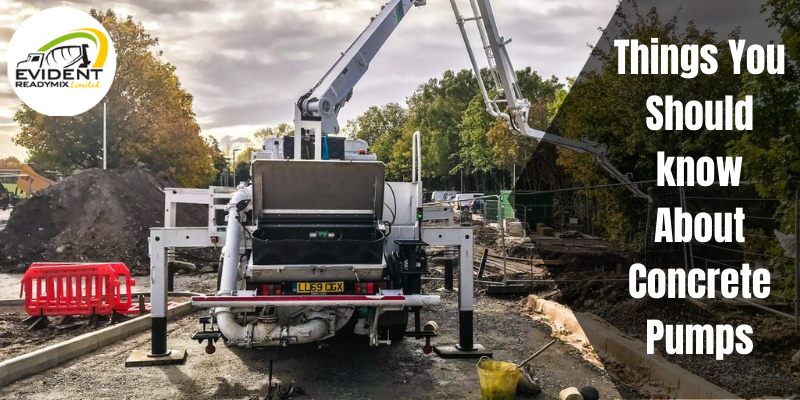When it comes to building high-rise complexes, the only thing that comes to mind is durability. It is the most common factor to consider whenever working on a project. Are you doubtful about delivering longevity to a project? Undoubtedly a concrete pumps is the first choice. Well, it is the most common method of transferring liquid concrete.
For your ease, we have written an article regarding the important features of the pump. We hope it will enhance your learning and clear concrete line pump understanding.
What Is A Concrete Pump?
In the construction industry, a concrete pump is the most useful piece of machinery. The innovative layout of the pump provides a great productivity level in a quick time. It supports managing large-scale projects on schedule.
One more name of a concrete pump is a concrete conveying machine. Therefore, it is perfect for conveying concrete easily through vertical as well as horizontal pipelines. The pump runs by a diesel and motor engine.
The ground line pump (concrete pump) assists in setting and delivering material faster. Further, it is best in non-accessible areas.
Checkout The Top Ten Advantages
The major role of concrete line pumps is it helps in placing concrete fastly. Also, it works even in non-accessible areas. Let’s, take a look at the top ten benefits of concrete pumping:
1. It has almost zero labor costs because of its pace of working.
2. Short time needed for completing a big construction task.
3. Another benefit is, there will be a few construction teams, and it decreases site congestion.
4. There will be no far-reaching or hilly areas to deliver concrete.
5. The strength of concrete will be easily enhanced.
6. Well, fix all pipelines according to your personal needs.
7. Raise potency and allow a uniform work pace.
8. Your laborers can put numerous pumps on at a single time for big-scale construction projects.
9. You are going to love this pump because it’s inexpensive and productive for diverse tasks. It includes commercial construction tasks and residential tasks.
10. For foundations, slabs, dams, columns, and bridges, you can use this type of pumping.
So, above, you have read the top ten beneficial uses of a pump. It is not only easy to access but also economical for small level or A level contractors.
To clear your vision, we would love to say that, like everything, line pumps also have some cons too. The very first thing is, it has to be lubricated. Also, not suitable for construction tasks having more than 1000 m³ concrete volume.
Most of the time, you might have seen truck mixers pick up dust or mud and throw it all over the street. However, a pump avoids this type of stress and works in a decent manner.
Simply park a truck, lengthen the hose of the pump anywhere you want the cement to go. And then start pouring the concrete. The piston-operated system will take care of the rest until your space is filled.
Where to use the ground line pump?
The ground line pump is best to use in various places like:
- Electric powers
- Civil organisation
- High-rise building
- Industrial structures
- Conveyors
- On tightly packed construction sites.
Do you know line pump demands for 1 hour time and it can complete more than 3 projects in less time period?
If you enlarge the outriggers, including, booms the pump begins tapping the moist concrete atop a high construction site.
A Quick Wrap Up
No matter whether you have a commercial or a residential project, these concrete pumps are the best solution.
Well, while wrapping up, we hope this article has cleared your perspicacity regarding concrete pumps. Still, having doubts? Don’t worry; we will be delighted to listen to them.

